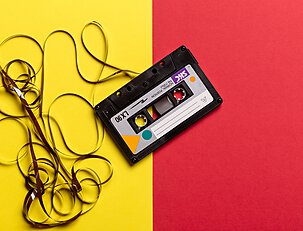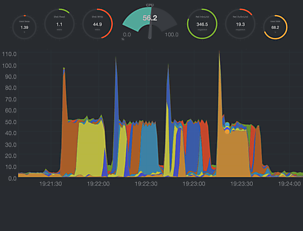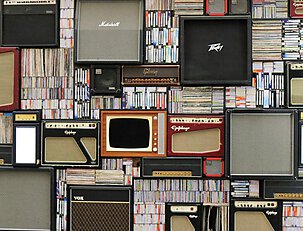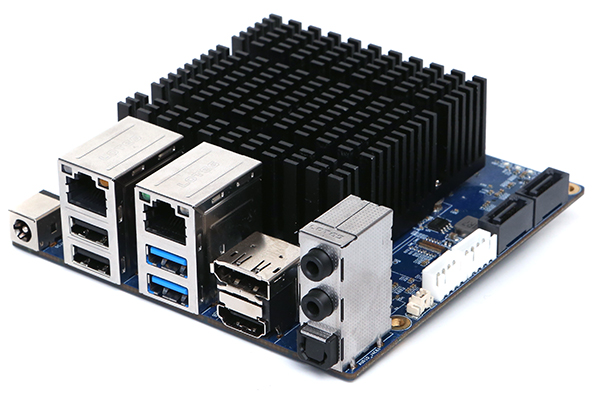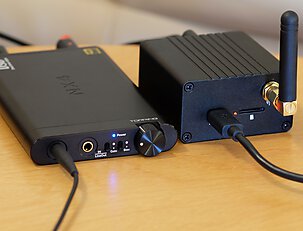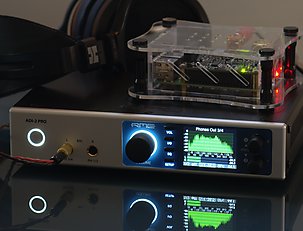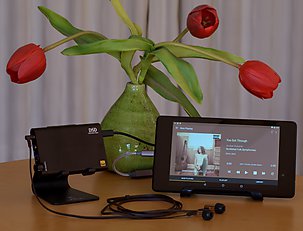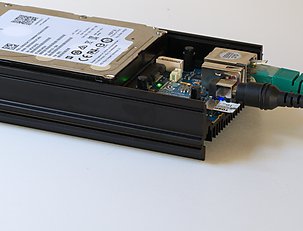John Reekie
My interest in audio and hi-fi goes back a fair way. In my high-school years, my Dad showed me how to solder an op-amp and a few diodes and resistors onto a breadboard, to create a "fuzz box." With a cheap electric guitar plugged into one end and a cheap guitar amplifier on the other, it made an absolutely horrendous noise, and I absolutely loved it! It was glorious and I was hooked. I shortly thereafter learnt enough to build a pair of two-way loudspeakers and an "ETI-3000" integrated amplifier - a kit design published by an Australian magazine. All this was, of course, somewhat of a distraction from more serious pursuits, like classical piano practice and studying for exams. I subsequently undertook two degrees in Electrical Engineering as a result, with an emphasis on musical sound synthesis. Since then I have pursued my interest in audio and hi-fi in various ways, jumping around between commercial equipment, explorations into vintage gear, and the occasional bout of DIY fanaticism.
John Reekie continues his virtualization experiments with Roon, this time virtualizing the ROCK software appliance. Performance seems to be about the same as the virtualized Roon Server. He writes “I’m ambivalent about whether I prefer ROCK or Roon Server in a virtualized setting… instructions are here for anyone who would like to try it.”
Continue Reading...
John Reekie continues his article on virtualizing Roon Server with more load measurements. He discovers that the virtualized Roon Server is difficult to break. “I’m impressed by how well it handled the loads I threw at it. I declare the experiment a success!”
Continue Reading...
“In my last article on running Roon Server on the ODroid H2, I initially spent some time worrying about whether this little computer would be powerful enough for Roon,” writes John Reekie in the introduction to this article on running Roon Server in a virtualized environment. He walks through the installation procedure and runs a set of experiments on it.
Continue Reading...
John Reekie tests out the ODroid H2 SBC (single board computer) as a Roon Server. “Ever since I discovered how easy it is to set up a DLNA music server on a Raspberry Pi or an ODroid HC1, I’ve been reluctant to dedicate a ‘proper’ computer as a music server,” he writes, to explain the appeal of this inexpensive x86 computer. After walking through the install, he runs some UI tests.
Continue Reading...
John Reekie decides it’s time to branch out from the Raspberry Pi and start streaming to a greater variety of devices. He summarizes the architecture that enables Qobuz to stream to “almost anything” and how to set it up. As a bonus, he provides installation instructions to turn any Linux SBC into a compatible audio player.
Continue Reading...
John Reekie takes a deep dive into the “modes” of the RME ADI-2 Pro. “The modes can be considered as a sort of shorthand that gets you close to a solution, which you can then tailor by adjusting parameters away from the default or automatic selections.” He provides diagrams that illustrate the signal routing through the ADI-2 Pro in each mode, and also discusses clocking.
Continue Reading...
John Reekie goes all GUI to sync up his droidisk server with music files on a Mac or PC. Well, apart from installation on the ODroid or Raspberry Pi. Compared to his previous rsync-based method, this is “a better solution that is cross-platform, easier to set up, and more flexible.”
Continue Reading...
“I recently found myself intrigued by an interface from the pro-sound world, the RME ADI-2 Pro,” writes John Reekie. This line-level convertor and audio interface is billed as RME’s “reference” A/D and D/A convertor, but also has a solid complement of onboard processing, two powerful headphone amps, and technical performance good enough for use as a measurement front end.
Continue Reading...
John Reekie wraps up his articles on inexpensive SBC-based music servers, with instructions on how to install music-related services on the ODroid HC1. This time, he’s also using an Android tablet as the renderer.
Continue Reading...
John Reekie revisits his Raspberry Pi based music server with a new offering: the ODroid HC1 (“home compute server”). “The HC1 has the distinguishing feature of a SATA port, so that it connects to a hard drive without going through USB. It also has a Gigabit Ethernet port and a much faster processor than the Pi.” Get ready to sharpen your command line skills!
Continue Reading...
